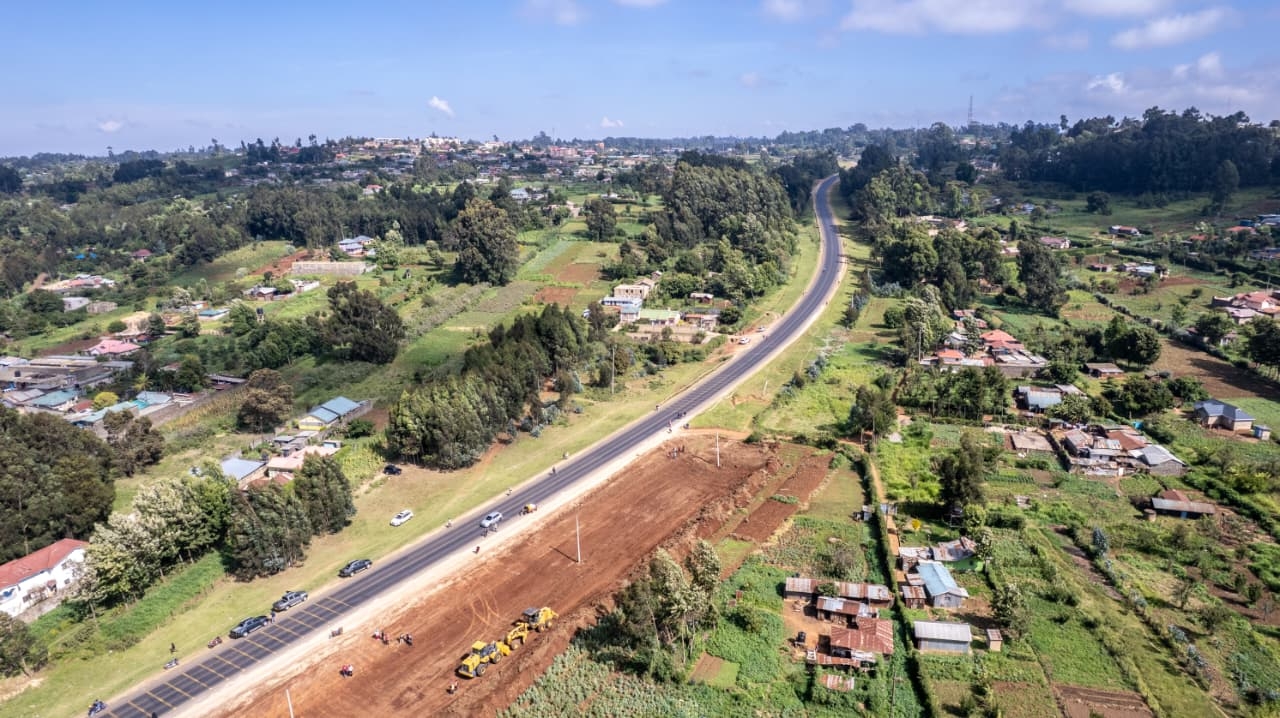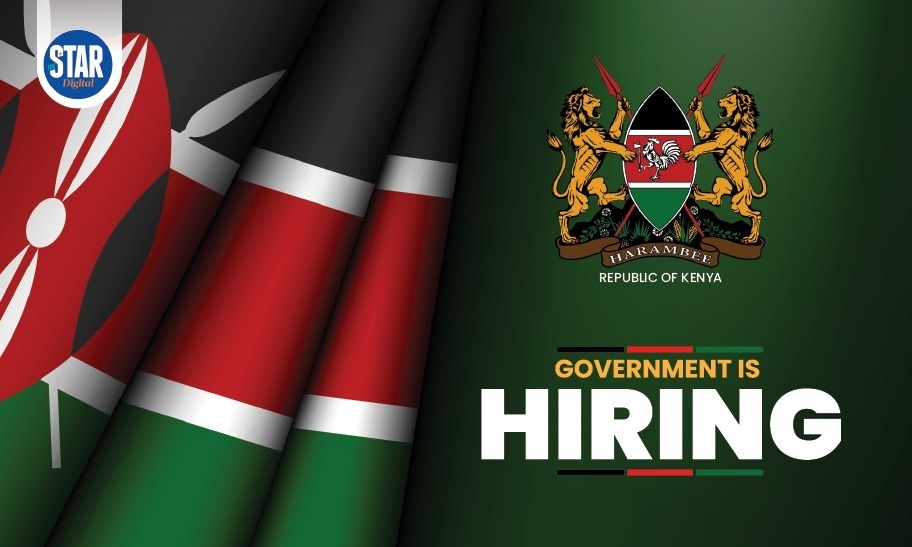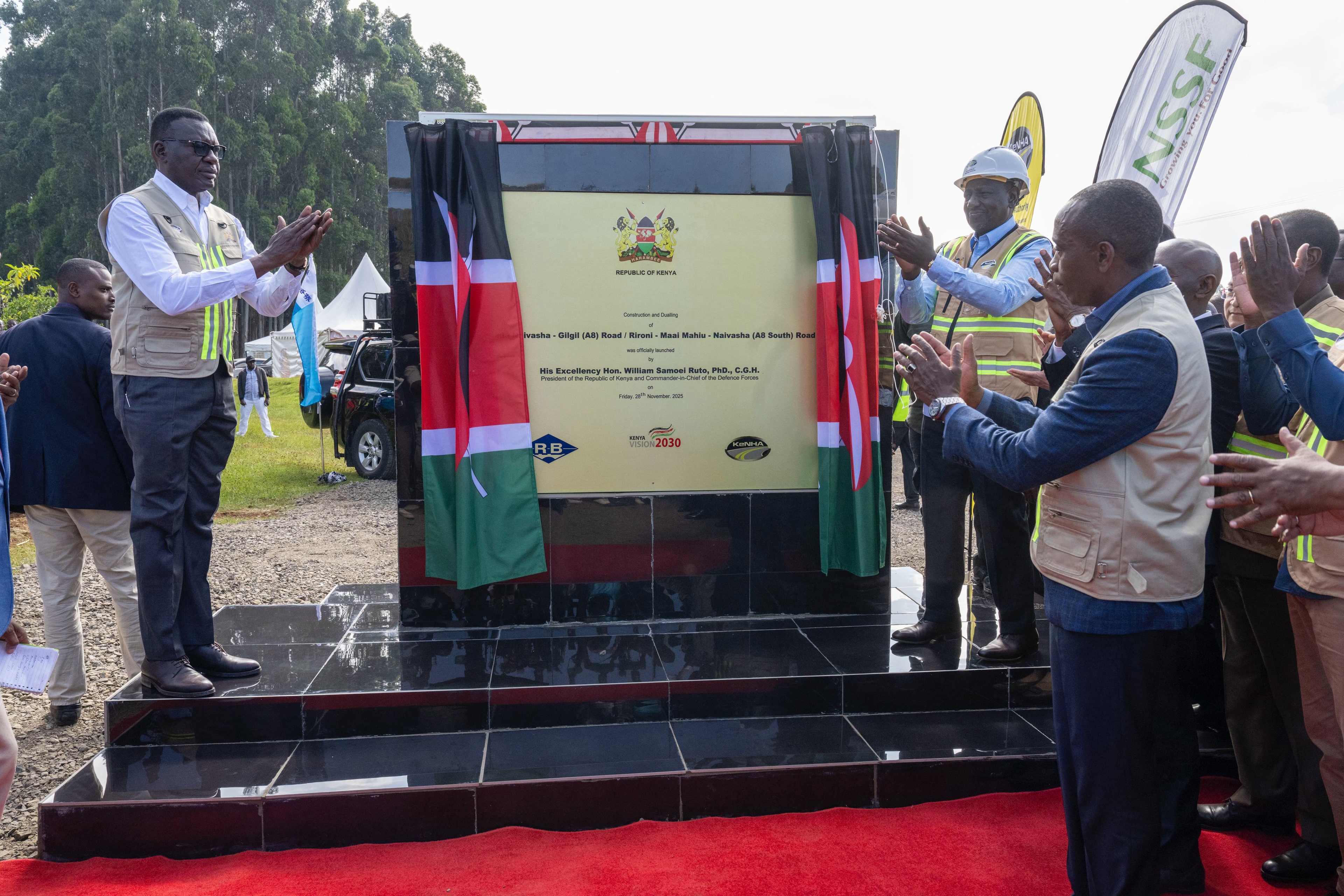For the families of mountaineers, death in the mountain is not just like any other, it is coupled with painful decisions.
Many might wonder why most families do not go with the painstaking option of retrieving the bodies but rather choose the bodies of their kin to remain in the mountains.
The family of mountaineer Cheruiyot Kirui arrived at the difficult decision to let his remains rest on the mountain after wide consultations.
Cheruiyot died on May 22, 2024, while on a daring mission to reach the summit of Mt Everest without supplementary oxygen.
His body was found 48 meters below the summit after he and his Nepali guide took a fall, the family said.
The family explained that retrieving the body would be risky for the rescue team and would endanger more lives.
Cheruiyoit's family is one of many other families whose kin are left in the mountain.
But why do most bodies remain on Mount Everest?
Mt Everest is located in Nepal and Tibet, Asia, it is one of the deadliest mountains in the world.
Known as "death zone" Mount Everest is situated above 8,000 metres (26,247 feet).
A publication by the Ultimate Kilimanjaro said the mountaineers are faced with extreme cold, dangerously low oxygen levels, and inhospitable conditions.
According to the Ultimate Kilimanjaro, the high-altitude environment and extreme conditions on Everest pose significant obstacles to recovery operations.
According to them, it is highly inefficient, impractical, and dangerous to move frozen bodies, which can weigh over 300 pounds (136 kg).
Helicopters are an exception to aid the recovery process because the highest elevation that helicopters can reliably land is Camp 2, located at 21,000 feet (6,400 meters).
This is due to air density on the upper slopes that cannot allow helicopters to operate.
In Mt Everest, above a certain altitude, there are not enough air molecules for the rotors to create enough lift.
The highest helicopter rescue ever on Everest was at 25,590 feet (7,800 meters) in 2013, done in calm weather conditions.
These conditions coupled with the high cost of body recovery make it impossible for most families to retrieve the bodies of their loved ones.
How much does it cost to retrieve a body from Mt Everest?
The process of retrieving a body from Mt Everest requires a significant amount of financial resources.
A publication by Tranquil Kilimanjaro says the cost of retrieving a body is determined by several elements including the organisation of rescue teams, management of logistics, the acquisition of permissions, the purchase of equipment and the transportation process.
All these requirements pose a financial nightmare to some of the families of mountaineers.
According to a publication steemit.com, nearly 200 bodies have remained on Mt Everest.
The publication states that it requires between six and 10 Sherpas to retrieve one body.
Sherpas are known for providing support for foreign trekkers and mountain climbers.
Most bodies are usually covered with ice that needs to be chiselled, however, some ice inevitably sticks to the body therefore doubling the weight of the body.
Past mountaineers have stated that it takes tremendous effort simply to pick up a candy wrapper. Therefore, many Sherpas are required to move the body, the publication stated.
Due to the number of Sherpas required and the incredibly hazardous nature of the work, it can cost between $30,000 (Sh 4 million) to $70,000 (Sh 9 million) to retrieve one body.
According to them, at least two people have died while attempting to retrieve a body.
For some mountaineers, it is part of their last wishes. The climber and their family members sign a document stating that if they die in the attempt, they want to be left on the mountain.










![[PHOTOS] Ruto present as NIS boss Noordin Haji's son weds](/_next/image?url=https%3A%2F%2Fcdn.radioafrica.digital%2Fimage%2F2025%2F11%2Ff8833a6a-7b6b-4e15-b378-8624f16917f0.jpg&w=3840&q=100)


